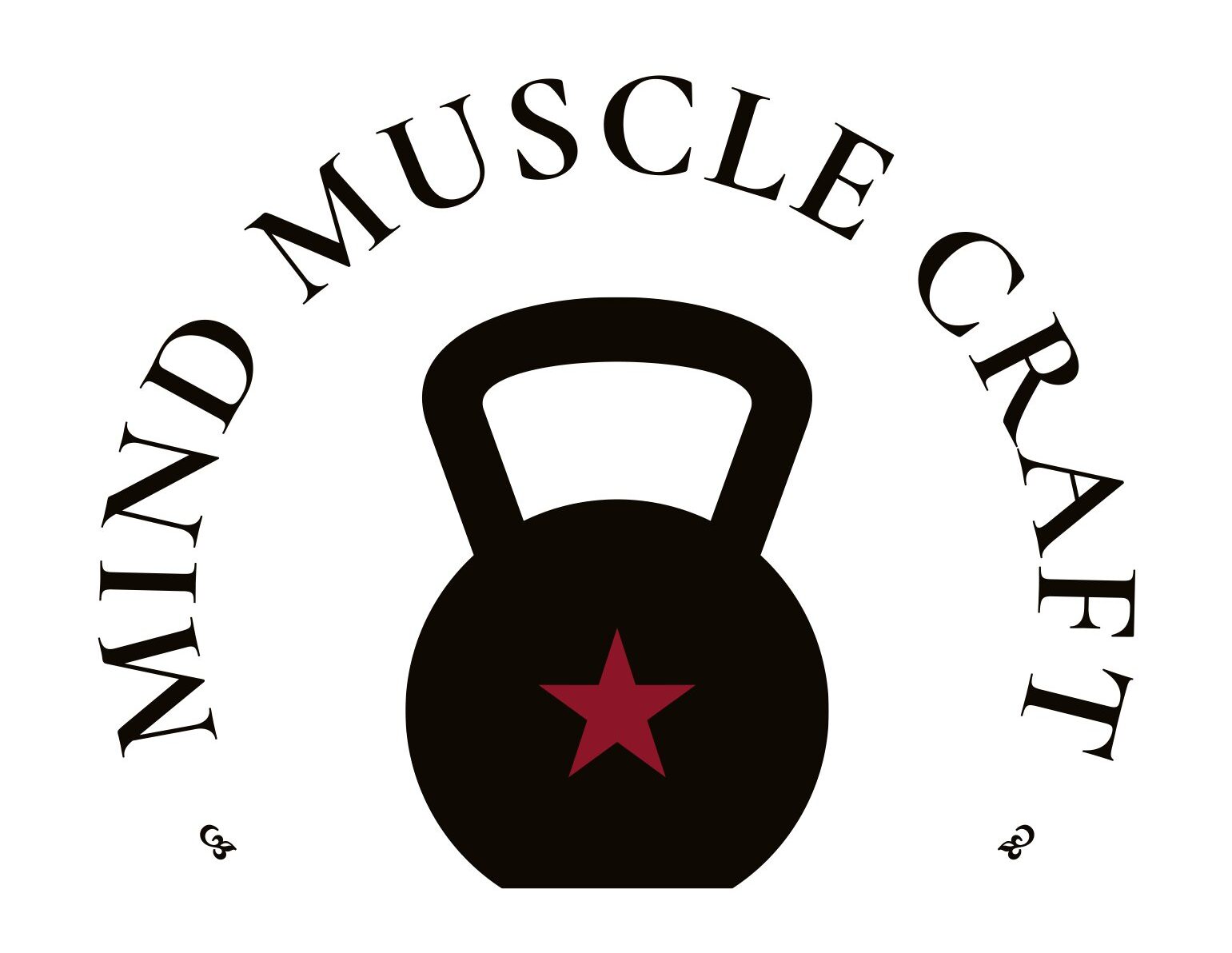Unlocking the Secrets of Fat Burning: A Comprehensive Guide
The body’s process of burning fat is a sophisticated physiological mechanism regulated by hormones and involves a series of steps. When immediate glucose (sugar) isn’t readily available for energy, the body turns to stored fat as an alternative fuel source.
Key Steps in Fat Burning:
- Lipolysis:
- The breakdown of triglycerides (stored fat) into glycerol and fatty acids occurs in fat cells through a process known as lipolysis.
- Release of Fatty Acids:
- Fatty acids are released into the bloodstream and transported to cells throughout the body.
- Transport to the Mitochondria:
- Fatty acids enter cells and are transported to the mitochondria, the energy-producing organelles within cells.
- Beta-Oxidation:
- In the mitochondria, fatty acids undergo beta-oxidation, breaking down into acetyl-CoA.
- Krebs Cycle (Citric Acid Cycle):
- Acetyl-CoA enters the Krebs cycle, producing molecules that carry high-energy electrons.
- Electron Transport Chain:
- High-energy electrons from the Krebs cycle enter the electron transport chain, generating ATP, the body’s primary energy currency.
- Oxidative Phosphorylation:
- ATP production through the electron transport chain is called oxidative phosphorylation.
The Body’s Constant Energy Utilization:
Throughout this process, the body effectively converts stored fat into usable energy. It’s crucial to note that the body continuously utilizes a combination of energy sources, including carbohydrates and fat, depending on factors such as activity level, diet, and individual metabolism.

Tips for Facilitating Lipolysis and Accelerating Fat Burning:
- Regular Exercise:
- Incorporate a mix of aerobic (cardio) and anaerobic (strength training) exercises into your routine to boost metabolic rate.
- High-Intensity Interval Training (HIIT):
- HIIT has proven effective in burning fat and improving metabolic health through short bursts of intense exercise.
- Strength Training:
- Build muscle through resistance training to enhance metabolism and contribute to fat loss.
- Stay Hydrated:
- Proper hydration supports metabolic processes, including lipolysis and the breakdown of fat molecules.
- Balanced Diet:
- Consume a well-balanced diet with protein, carbohydrates, and healthy fats. Avoid extreme diets to prevent negative impacts on metabolism.
- Increase Protein Intake:
- Protein, being thermogenic, requires more energy for digestion and metabolism, aiding in fat loss.
- Healthy Fats:
- Include sources of healthy fats like avocados, nuts, seeds, and fatty fish for overall health and sustained energy.
- Control Carbohydrate Intake:
- Manage carbohydrate intake to prevent excessive consumption, especially of refined carbohydrates, which can contribute to insulin resistance.
- Adequate Sleep:
- Aim for 7-9 hours of quality sleep per night to maintain hormonal balance related to hunger and satiety.
- Manage Stress:
- Incorporate stress-management techniques like meditation, deep breathing, or yoga into your routine to prevent elevated cortisol levels that may influence fat storage.
Supplements and Practices for Enhanced Lipolysis:
- Caffeine: Found in coffee, tea, and supplements, caffeine increases metabolic rate and enhances fat oxidation.
- Green Tea Extract: Rich in catechins, green tea extract may support fat oxidation and weight loss.
- L-Carnitine: This amino acid aids in transporting fatty acids into the mitochondria for energy production.
- CLA (Conjugated Linoleic Acid): Found in meat and dairy, CLA may have a modest impact on fat loss.
- Intermittent Fasting: Cycling between eating and fasting periods can improve insulin sensitivity and encourage fat utilization.
- Cold Exposure (Cryotherapy): Exposure to cold temperatures may stimulate brown fat activity, associated with increased calorie burning.
Conclusion:
Understanding the intricacies of fat burning empowers us to make informed choices in our fitness journey. By combining regular exercise, a balanced diet, and mindful lifestyle practices, we pave the way for a healthier, more vibrant life. Remember, there are no quick fixes, and sustainable changes yield lasting results. Here’s to unlocking the secrets of fat burning and embracing a lifestyle that supports our well-being.

